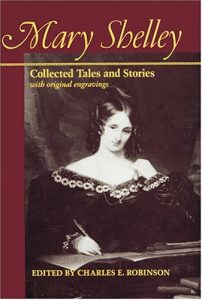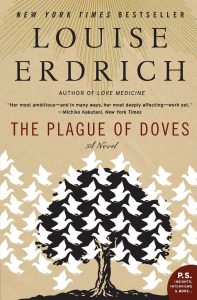With Finals upon us and the holiday season in full swing, things are looking pretty stressful. But they don’t have to be! The library has plenty of ways toy can destress this time of year.
Got a hobby you’re interested in, or wanting to pick up a new one? Try the Hobbies and Crafts Reference Center. They have tons of articles and projects from a number of fields to get you started, from classics like knitting and sewing, to more out there hobbies like model building and scuba diving. The home page also features a craft video of the day, showing off something small you can work on in between writing your research papers and crafting yet another PowerPoint.
If you are a fan of classic literature and want something to read while curled up next to the fire, try Project Gutenberg. They are a database focused on collecting book that are out of copyright and providing those books to readers as free eBooks for download. There are thousands of books available like Pride and Prejudice by Jane Austen, Adventures of Huckleberry Finn by Mark Twain, The Great Gatsby by F. Scott Fitzgerald, Treasure Island by Robert Louis Stevenson, and more.
Maybe you’re the kind of person who needs to unwind with some physical activity? Did you know we have several yoga DVD’s available for checkout? Try Yoga for Inflexible People, Yoga for Stress Relief, or Yoga Step by Step for Stress Management. Don’t forget either, the Seawolf sports Complex is open to students! They have a gym, pool, ice rink, basketball court, and more. Make sure the check them out if you have any extra time.
Finally, if you are getting completely overwhelmed, reading a nice book or going for a walk are not your only options. Sometimes, you may need to speak to a counselor or nurse to see if there are other options for you. The UAA Student Heath Center is open Monday-Friday, and the have a number of staff available to help you. Give them a call and schedule an appointment.

Take care of yourselves this season, and happy reading!



















